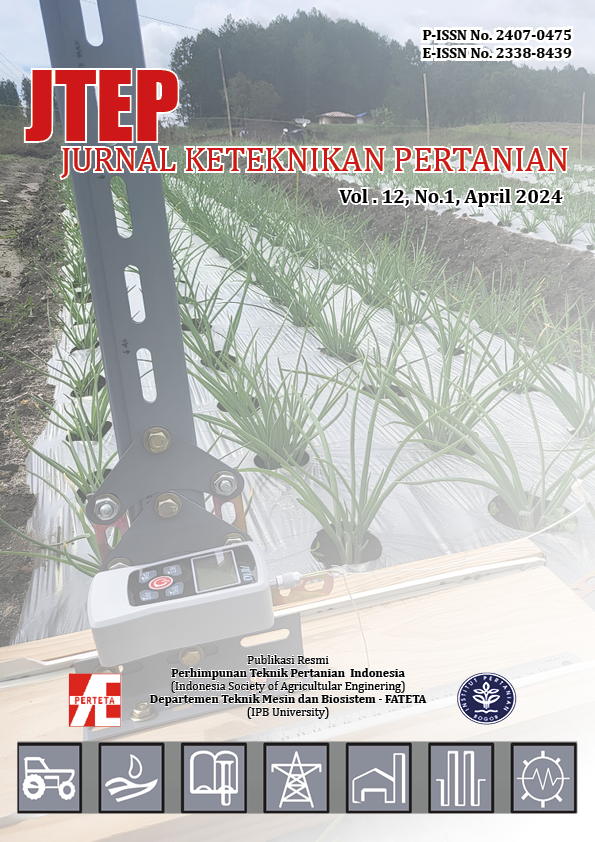Turbulent Flow Optimization in Evaporator Tank using Computational Fluid Dynamics
Abstract
The increase in water content during biodiesel storage poses a significant challenge that necessitates finding a solution. One proposed approach is the implementation of a thermal vacuum dewatering system for biodiesel, which effectively reduces the water content to meet the required specifications. In this study, the biodiesel evaporator tank is the main component of the dewatering system. While the current water content reduction meets the standard, continuous optimization is essential to achieve a water content in biodiesel below 200 ppm. This research aims to optimize the turbulent flow within the biodiesel evaporator tank by employing a pipe sparger with various hole configurations through computational fluid dynamics (CFD) simulations. Additionally, these simulations aim to enhance the understanding of biodiesel flow behavior as it passes through the orifice plate and pipe sparger, ultimately identifying the best operational conditions. The research encompasses CFD simulations of the biodiesel evaporator tank using both orifice plate and pipe sparger setups. Four models were investigated: biodiesel evaporator tanks equipped with an orifice plate, pipe sparger A, pipe sparger B, and pipe sparger C. The simulation results indicate that the biodiesel evaporator tank with pipe sparger C offers the most optimal turbulent flow, as evidenced by the velocity distribution observed at Re=5000, Re=10000, and Re=50000. Consequently, installing pipe sparger C in the biodiesel evaporator tank holds promise for achieving higher water content reduction compared to the orifice plate, pipe sparger A, and pipe sparger B configurations.
Authors

This work is licensed under a Creative Commons Attribution-ShareAlike 4.0 International License.
Authors submitting manuscripts should understand and agree that copyright of manuscripts of the article shall be assigned/transferred to Jurnal Keteknikan Pertanian. This work is licensed under a Creative Commons Attribution-ShareAlike 4.0 International License (CC BY-SA) where Authors and Readers can copy and redistribute the material in any medium or format, as well as remix, transform, and build upon the material for any purpose, but they must give appropriate credit (cite to the article or content), provide a link to the license, and indicate if changes were made. If you remix, transform, or build upon the material, you must distribute your contributions under the same license as the original.

